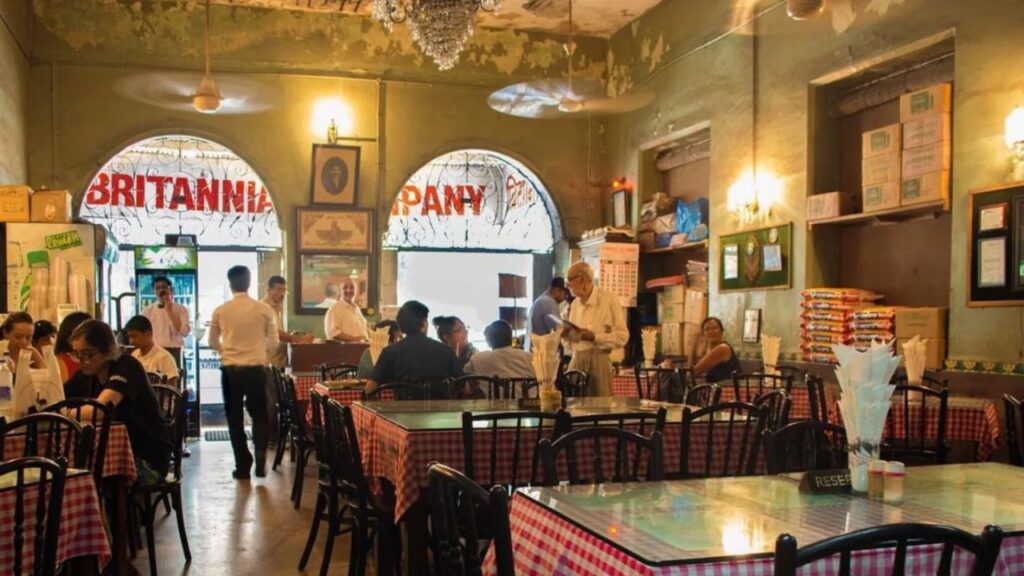Indian Restaurants with a Rich History: A Culinary Journey Through Time
ndia’s culinary landscape is steeped in tradition, and some of the country’s most iconic restaurants have been serving delicious, authentic dishes for decades. These establishments are more than just places to eat—they are institutions that tell stories of family legacies, cultural heritage, and evolving tastes. Let’s explore the rich history of a few of these timeless Indian restaurants, discovering how they began and what keeps them relevant today in a fast-evolving food scene.

Karim’s, Delhi (Established 1913)
Nestled in the lanes of Old Delhi, Karim’s is synonymous with Mughlai cuisine. Founded by Haji Karimuddin, whose family had served the Mughal emperors, the restaurant began with a simple goal: to bring royal Mughlai flavors to the common man. Starting with just a few dishes, including the now-famous mutton korma, the restaurant has grown into a legend.
Today, despite the modernization of Delhi’s food culture, Karim’s continues to attract crowds with its traditional recipes passed down through generations. Their secret? Staying true to the original methods of slow-cooking meat and using age-old spice combinations that give dishes like their nihari and kebabs an unmatched depth of flavor.
Britannia & Co., Mumbai (Established 1923)
One of the last standing Irani cafés in Mumbai, Britannia & Co. has remained a culinary cornerstone for almost a century. Founded by Boman Kohinoor, an immigrant from Iran, this café is known for its signature Parsi dishes, especially the famous berry pulao and dhansak.
The charm of Britannia & Co. lies in its vintage ambiance, with checkered tablecloths, old-world furniture, and the warmth of family service. Despite a rapidly changing city, the café has held on to its roots. The late Boman Kohinoor himself used to interact with guests, sharing stories of the restaurant’s history. Today, it is his family that continues the legacy, ensuring that the flavors of Parsi cuisine remain as authentic as ever.


Mavalli Tiffin Room (MTR), Bengaluru (Established 1924)
Mavalli Tiffin Room, better known as MTR, is an institution in Bengaluru for South Indian food lovers. The restaurant was founded by Parameshwara Maiya and his brothers and quickly became known for serving delicious, wholesome meals in a clean and comfortable environment.
MTR’s claim to fame is its strict adherence to hygiene and the quality of its ingredients. Even during times of scarcity, the restaurant refused to compromise on quality, choosing instead to reduce portion sizes rather than lower standards. Today, MTR has expanded to several outlets and even markets ready-to-eat food products, but their dosas, idlis, and special rava idli (invented during World War II) remain crowd favorites. Their focus on preserving tradition while embracing modern efficiency has helped them thrive.
Leopold Café, Mumbai (Established 1871)
A café with a history stretching back over 150 years, Leopold Café is one of the oldest and most well-known establishments in Mumbai. Founded by the Irani family during the British colonial era, Leopold initially started as a wholesale oil store and gradually evolved into a bustling café. Over the years, it has become a favorite among both locals and international tourists.
Leopold Café has managed to keep its old-world charm intact while adapting to modern tastes.
Today, it offers a menu that spans Indian, Continental, and Chinese dishes. However, what truly sets it apart is the sense of history that envelops every corner of the café. It’s a place where visitors can still feel the echoes of colonial Bombay, even as it embraces the cosmopolitan energy of modern-day Mumbai.


Indian Coffee House, Kolkata (Established 1942)
The Indian Coffee House in Kolkata has long been the intellectual hub of the city, frequented by artists, writers, and political activists. Established during British rule and later taken over by the Indian Coffee Board, this café is steeped in history and nostalgia.
The café became an important meeting place during India’s struggle for independence and later during the social and political upheavals of the 1960s and 70s. While the menu has remained simple—think coffee, pakoras, and omelets—the Coffee House’s legacy is tied to its role as a center of culture and debate. Despite competition from modern cafés, Indian Coffee House has retained its status as a landmark for those seeking to experience Kolkata’s intellectual heritage.
Known for its melt-in-the-mouth galouti kebabs, Tunday Kababi is a historic restaurant in Lucknow that traces its origins to the royal kitchens of the Nawabs. Established by Haji Murad Ali, a one-armed chef (hence the name “Tunday”), the restaurant’s signature dish was specially crafted for the toothless Nawab Wajid Ali Shah, using more than 100 spices to create an unforgettable flavor.
Tunday Kababi remains a beacon of Awadhi cuisine, still using the same closely-guarded family recipes. As Lucknow has modernized, Tunday Kababi has expanded with more outlets, but the original shop in Aminabad remains a must-visit for those seeking an authentic taste of history.

The Secret to Their Longevity
The common thread among these historic Indian restaurants is their unwavering commitment to authenticity. While the food scene around them has evolved, they have stayed true to their roots, maintaining the same cooking techniques and family recipes that first made them famous. However, they have also learned to adapt—whether it’s expanding to new locations, adjusting menus to cater to changing palates, or simply embracing modern marketing.
These restaurants are more than just places to eat—they are living monuments to India’s culinary history. In an age where trends come and go, their lasting appeal lies in the stories they tell and the timeless flavors they continue to serve.